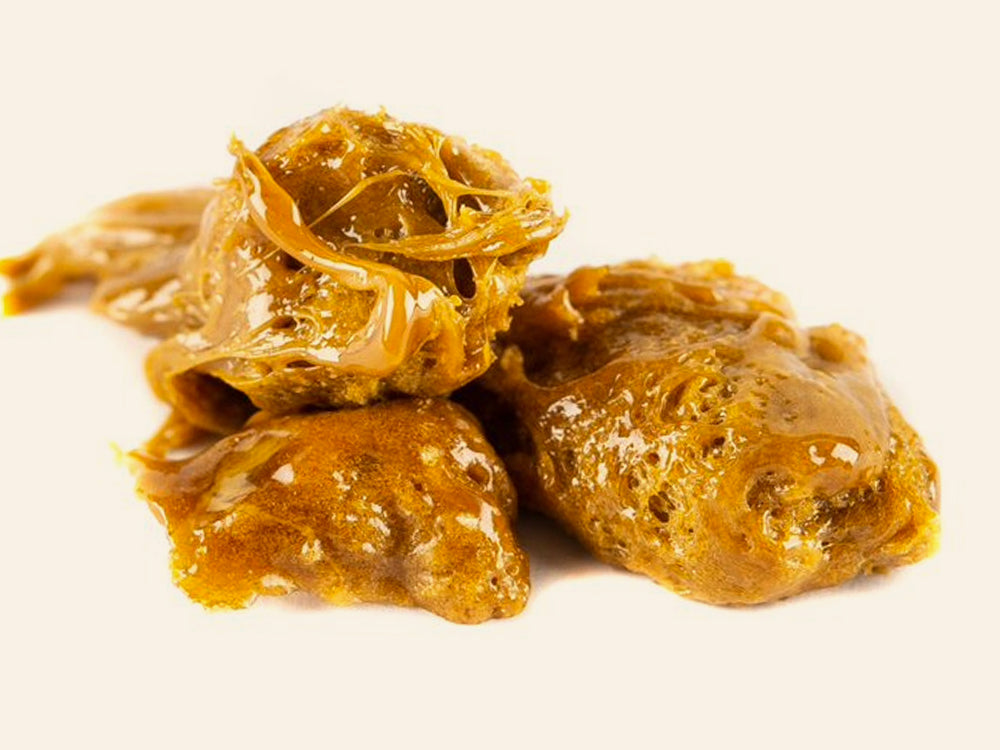Introduction To Concentrates: A Close Look At Potency & Consumption
Cannabis concentrates, now legally available, represent a diverse range of solid or liquid products derived from processed cannabis flower. In this exploration, we delve into their functioning, the merits and drawbacks of consumption, and key considerations for savvy shopping.
CANNABIS EXTRACTS: A LEGAL VISTA
In the United Kingdom, the landscape surrounding cannabis concentrates mirrors the regulatory clarity observed in Canada. The production, sale, and purchase of cannabis concentrates follow legal protocols, shedding light on the nature of these products, their physiological effects, nuances separating them from other cannabis variants, and the merits and demerits associated with their consumption. As enthusiasts navigate the realm of cannabis concentrates, understanding key considerations becomes paramount for a judicious shopping experience.
CONTEMPLATING CONCENTRATES: AN INSIGHT
Definition: The term “concentrates” serves as an umbrella encompassing various products resulting from the processing of cannabis flower into a concentrated state. This can manifest as liquids or solids, including hash, rosin, shatter, wax, and kief, designed for either ingestion or inhalation.
Production Techniques: Crafting concentrates involves a myriad of processes depending on the desired outcome. Common methods include sifting, exposure to heat or extreme cold, the use of gases (like carbon dioxide), solvents, other oils, or a combination thereof. Ethanol refinement may also be employed to enhance concentration.
THE WORKING MECHANISM OF CONCENTRATES
The absorption of cannabinoids into the body hinges on the concentrate form and the chosen method of consumption. Ingesting cannabis concentrates yields effects akin to smoking or vaping cannabis flower, albeit with a potential delay due to digestion—ranging from 30 minutes to over four hours. Inhaling concentrates, via methods like dabbing or vaping, triggers rapid absorption of tetrahydrocannabinol (THC) into the bloodstream and swift transportation to the brain, causing almost immediate effects, sometimes within minutes.
DISTINGUISHING CONCENTRATES FROM OTHER CANNABIS FORMS
The primary contrast lies in the potential for concentrates to boast significantly higher cannabinoid concentrations than the raw plant. For instance, concentrates can reach THC levels of up to 90%, whereas dried flower typically holds 1% to 30% THC. Specific regulations dictate that inhalable concentrates available through OCS must not exceed 1,000 mg of THC per package, while ingestible extracts should not surpass 10 mg of THC per unit.
PROS AND CONS OF CONCENTRATE CONSUMPTION
Pros:
-
Smoke-Free Alternative: Concentrates provide a smoke-free option for cannabis consumption, potentially mitigating risks to lung health.
-
Higher THC Concentration: Offers an intense and immediate impact for those seeking potent experiences.
Cons:
-
Overconsumption Risk: The heightened THC concentration may elevate the risk of overconsumption.
NAVIGATING THE SHOPPING EXPERIENCE FOR CONCENTRATES
Critical Considerations:
-
Label Scrutiny: Before purchasing, thoroughly examine the label or product information on OCS.ca to gauge THC and CBD content.
-
First-Time Caution: If venturing into concentrates for the first time, opt for products with lower THC levels or higher CBD content to counteract potential adverse THC effects.

